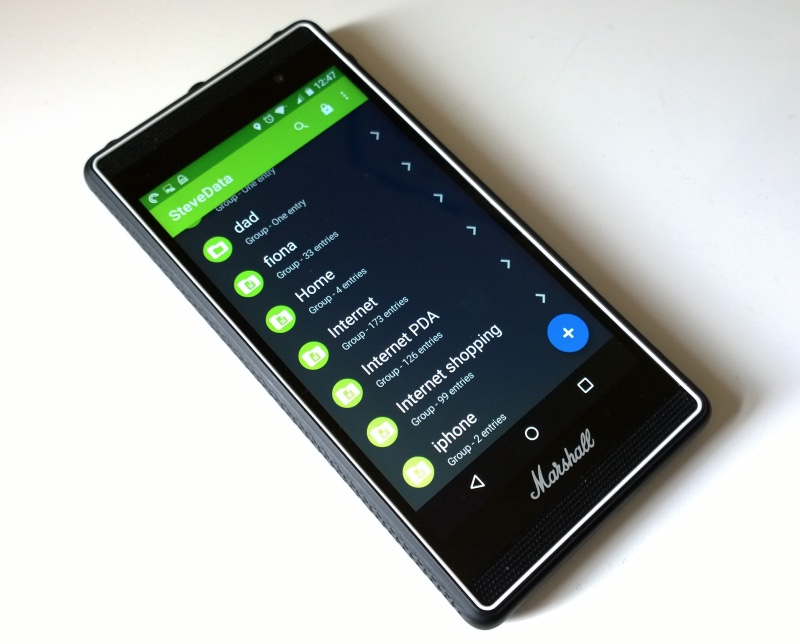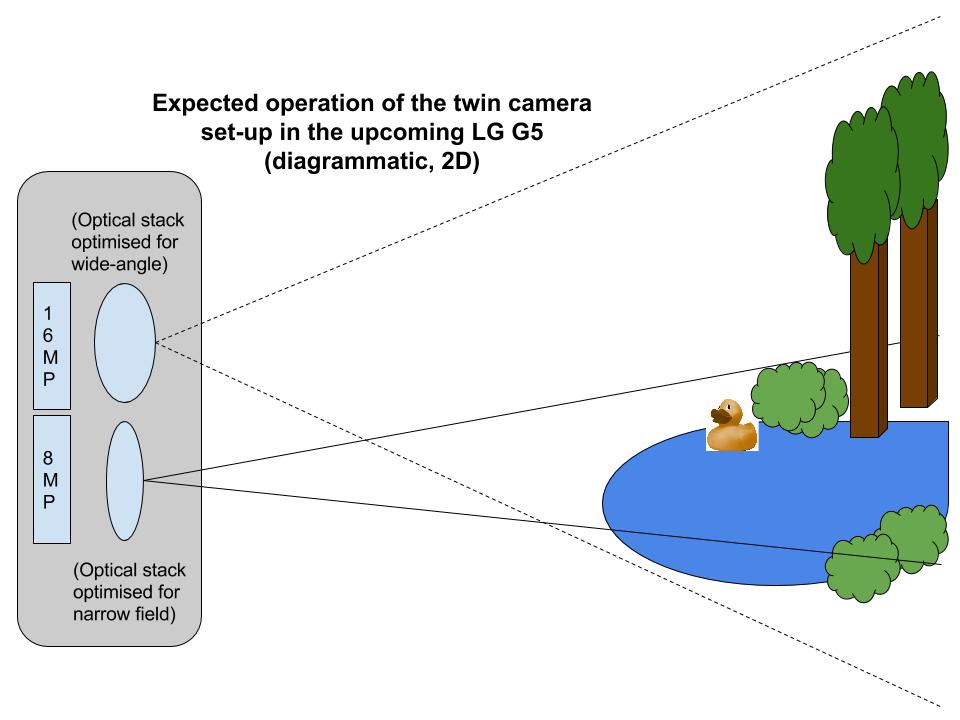Over the past year, several Android manufacturers have tried to differentiate themselves by introducing cool and new features to their smartphones. When everyone is using very similar screens, processors and other hardware elements, it is crucial to find that little addition that would sway a consumer into purchasing a specific product. Some of these additions are gimmicky at best, others actually do improve the experience. Here is a list of the five trends that I would love to see more of.
Water resistance, preferably proofing
Sony wasn’t the first but it has stuck to its guns over water-resistance for a couple of years now, pushing it to all of its flagships and some of its mid-range devices, publicizing it and banking on its appeal. Samsung soon followed with a similar (albeit slightly less resistant) feature for its main flagship, the Galaxy S5.
It’s fair to say that water-resistance has now been democratized and will quickly become the mandatory feature that every high-end device from any manufacturer will have to measure against. As a matter of fact, both the LG G3 and the Note 4 are rumored to offer it. However, I personally would rather see water-proof phones and tablets that have had their internals coated, instead of just the externals, so that I don’t have to deal with the annoyance of flaps covering every port.


The Xperia Z2 is waterproof and Sony is focused on selling this feature
Front-facing speakers
One of the most notable features of last year’s HTC One was the inclusion of BoomSound and the front-facing dual speakers. It certainly changed the game when it comes to smartphone speakers, with louder volumes and better audio quality.
Unfortunately, most manufacturers have been sticking to back-facing speakers, that make little sense if you place your phone anywhere, from lying down on a desk to attached in a car cradle. While I do not expect every new high-end smartphone to embrace HTC’s design — it tends to make phones notoriously larger — I would love to at least see one front-facing speaker, or maybe even a sideway one on smartphones instead of back-facing ones.


BoomSound might sound like a marketing term, but it is quite a nice feature
Better battery technology
Some interesting advances in battery technology that we have witnessed lately include LG’s G2 stepped battery and the Oppo Find 7‘s quick-charge system that fills up 75% of the phone’s battery in 30 minutes.
Given that battery technology has been fairly stagnant lately with no one able to cram any significantly bigger amount of mAh in the same physical space, it is important to keep finding tricks to overcome this limitation. Stepped batteries that fill every nook and cranny on the phone are a good idea, fast-charging is another, but there’s a lot more that can be done and I’m hoping we keep finding new ways to solve our battery issues.


LG’s stepped battery is a step (pun) in the right direction
Better camera technology
With similar lenses and sensors on most high-end smartphones, innovations had to be done on the software front to the camera functionality. Samsung opted for speed and focus with Isocell on its Galaxy S5, Oppo decided to stitch images together for a 50MP image in the Find 7, the upcoming HTC One is rumored to have two cameras for different focus points and exposures, LG has been pushing OIS+ for clearer images in its LG G Pro 2, and so on.
Manufacturers are trying to push the current camera hardware further and further, and I’m keeping my eyes open for more ways of improving the photo results of current smartphones.


The new HTC One is rumored to use a dual camera for higher quality images
Infrared blaster
It could seem like a gimmick, but once you get used to reaching for your phone instead of the TV or AC’s remote, you can’t go back. Unfortunately, despite all our modern technology, appliances still answer to an old method of communication. With IR Blasters on smartphones, you have all your remotes combined in one device that you already carry everywhere. That’s why I’d like to see more of this feature on high-end and mid-range Android devices.
I could name many more trends, like capacitive screens that respond to regular pens (Xperia Z Ultra) and gloves (Galaxy S4 / Oppo Find 7), smaller bezels and back buttons (LG G2 and G Pro 2), processors that support always-on listening (Moto X, and potentially all Snapdragon 800 phones), curved screens and auto-healing devices (LG G Flex) etc…
What about you? What trends have you spotted in Android’s hardware devices that you can’t wait to see more and more of? Leave a comment and let us know.



















